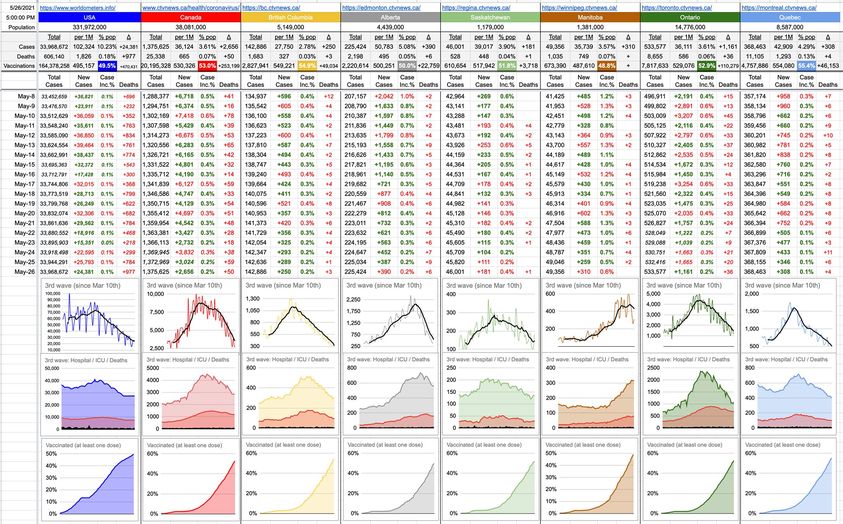Just to briefly touch upon a big question mark… that’s slowly being answered as research emerges… what’s the deal with the delayed second doses? Why are we playing with the science, etc…
To rewind a bit, let’s remember that the timeline for these vaccines to be released into the wild was compressed – things happened much faster than usual. This doesn’t mean the science was skipped or compromised; it was the bureaucracy around it.
That being said, in an effort to get the thing out the door as quickly as possible, a different sort of question was asked; not one that’s typically asked of vaccines.
The question was: What’s the shortest period of time where a two-shot regimen would be effective? It was known that one dose of an mRNA vaccine wouldn’t generate enough of a response… and the answer to the question of spacing doses has two answers, because there are two different questions. One is how soon can it be to be effective? And two is… what’s ideal?
The former question was chosen to be answered in the same way that many of life’s problems get solved – decide what’s most important. “Good enough” far outweighs “Ideal” in this case, and that’s what we got. This is not to say that people who got the shots 3 weeks apart got anything bad; on the contrary… that’s what was tested, verified safe, and verified effective with a 95% efficacy.
So, what’s the problem? There is no problem… but now we have enough time and data to answer question two, and it’s what most experts expected… because it’s what’s typically seen with these sorts of vaccines.
Anyone who’s ever had a vaccine booster barely remembers the timing of what’s being boosted. It’s often measured in years… or, at best, months. Never weeks. My recent Shingrix vaccine against Shingles had a follow-up booster that was to be taken within two to six months after the first dose. But what’s optimal? 2? 4? 6? I couldn’t find anything to support a more specific number, but the answer to all of them was “good enough”.
The answer to the optimal spacing of C19 mRNA vaccines… as it turns out, while 3 weeks is certainly good enough, it seems waiting a little longer is “better”. It should be noted that “better” in this context is similar to how, for the purposes of putting out a candle, a firehose is “better” than a garden hose.
Specifically, for Pfizer… people who received their booster 11 to 12 weeks after their first dose were found to have 3.5 times higher peak-antibody levels.
It’s quite likely this is the same for Moderna. And it’s certainly turned out to be the case for AstraZeneca… just ask the U.K.
The whole point of this isn’t really to say what’s “better” – it’s more to point out what’s “not worse”… and the answer is… all of it. All of it is “not worse”. If you’re getting a second jab, you’re good… no matter when. And yes, of course… if the second jab is 5 years from now, it’s a different story. But it won’t be; given supply and demand… everyone is falling into that range… from “good enough” to “more than good enough”.
This big question mark has been shrinking consistently as more and more results emerge, and I expect it’ll vanish by the time any of us need a 3rd booster. In fact, by then, it’s possible we’ll have learned that all that’s needed from now on is a once-a-year boost – one that could easily be combined with the annual flu shot. Either way, one big question mark extinguished.



Who would have thought, a year ago( May 2020) that we would be discussing in May 2021 the best timing for second doses…… Vaccines were just a wild dream at that time….